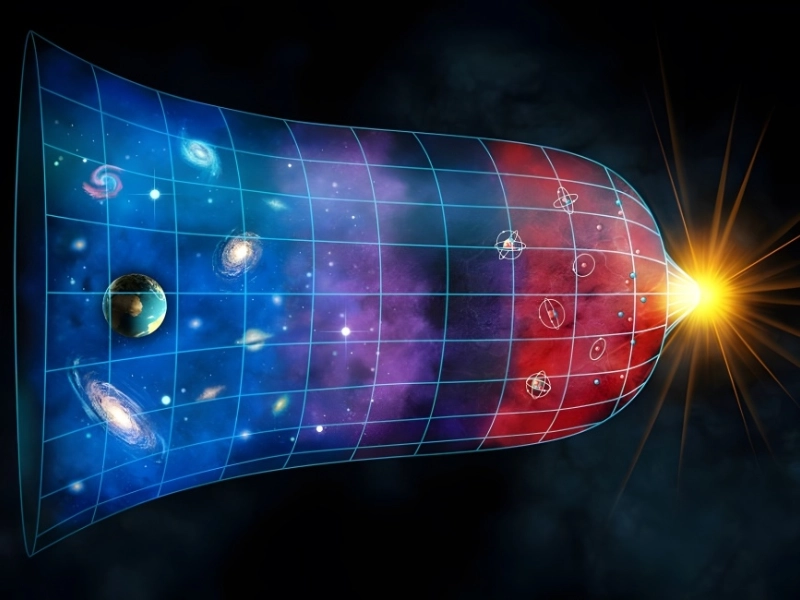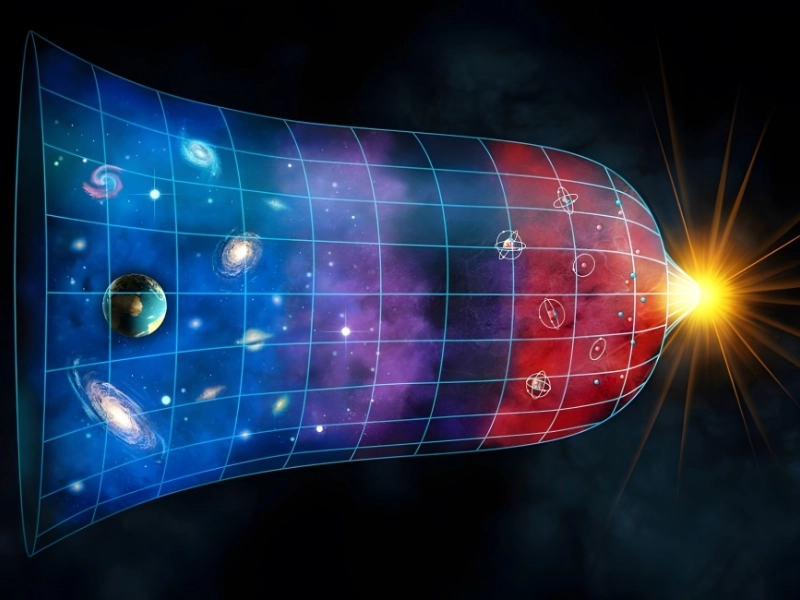
The universe is a vast and enigmatic expanse filled with wonders that often defy human understanding. From distant galaxies to peculiar cosmic phenomena, the cosmos holds secrets that continue to intrigue and baffle scientists and enthusiasts alike. Here, we explore some of the strangest and most mysterious finds in the universe, shedding light on their significance and the questions they pose.
Table of Contents
1. Fast Radio Bursts (FRBs)
First detected in 2007, Fast Radio Bursts (FRBs) are brief, intense bursts of radio waves that last only milliseconds but release as much energy as the Sun does in an entire day. Despite their discovery nearly two decades ago, the origins of FRBs remain elusive. Theories suggest they could be caused by a variety of phenomena, including neutron stars, black holes, or even advanced extraterrestrial civilizations. One of the most intriguing aspects of FRBs is that they often repeat, and some have been traced back to specific galaxies, which adds a layer of complexity to their study.
2. Tabby’s Star (KIC 8462852)
Tabby’s Star, officially known as KIC 8462852, gained attention due to its unusual light fluctuations. Discovered by the Kepler Space Telescope, the star exhibited irregular dimming that could not be easily explained by conventional astronomical phenomena. The most popular theories include the presence of a massive swarm of comets or an alien megastructure, like a Dyson Sphere, designed to capture the star’s energy. While most scientists lean towards natural explanations, the mystery of Tabby’s Star has led to ongoing research and speculation.
3. The Great Attractor
It appears to be pulling our galaxy, along with many others, towards it with immense force. Despite its significant influence on the motion of galaxies, the exact nature of the Great Attractor remains unknown. It could be a massive cluster of galaxies, a supercluster, or an entirely new type of cosmic structure. The difficulty in observing this region, due to our position in the Milky Way, has only added to the enigma.
4. Dark Matter and Dark Energy
Dark Matter is an invisible substance that does not emit, absorb, or reflect light, yet it exerts a significant gravitational influence on visible matter. It is thought to make up about 27% of the universe. Dark Energy, on the other hand, is a mysterious force driving the accelerated expansion of the universe and constitutes about 68% of the universe. Despite extensive research and various theoretical models, the true nature of both Dark Matter and Dark Energy remains elusive.
5. Rogue Planets
Rogue planets are planetary bodies that do not orbit a star and instead drift through interstellar space. Estimates suggest there could be billions of these planets in our galaxy alone. Unlike typical planets that form within a star system, rogue planets are either ejected from their original systems or formed in isolation. These planets are challenging to detect due to their lack of a stellar host, and their study could provide insights into planetary formation and the dynamics of star systems.
6. Cosmic Microwave Background (CMB) Anomalies
The Cosmic Microwave Background (CMB) is the afterglow of the Big Bang, providing a snapshot of the universe when it was just 380,000 years old. However, the CMB exhibits several anomalies that challenge our understanding of cosmology. One notable example is the “Cold Spot,” a region of the CMB that is unusually cool compared to the rest of the sky. Some theories suggest this could be a result of a supervoid, a vast and empty region of space, or even interactions with other universes if the multiverse theory holds true.
7. Gamma-Ray Bursts (GRBs)
Gamma-Ray Bursts (GRBs) are the most energetic events observed in the universe, releasing intense bursts of gamma rays that can outshine entire galaxies. These bursts last from milliseconds to several minutes and are thought to be caused by the collapse of massive stars into black holes or the merging of neutron stars. GRBs are of great interest because they provide information about the early universe and the formation of black holes, but their exact mechanisms and origins are still not fully understood.
8. The Fermi Paradox
The Fermi Paradox addresses the apparent contradiction between the high probability of extraterrestrial life and the lack of evidence for, or contact with, such civilizations. Given the vast number of stars and planets in the galaxy, it seems likely that intelligent life should exist. However, we have not yet detected any definitive signs of extraterrestrial civilizations. Various hypotheses have been proposed, including the possibility that advanced civilizations self-destruct, are avoiding us, or that we are simply not looking in the right way or at the right time.
9. Neutron Stars and Pulsars
Neutron stars are the remnants of supernova explosions and are incredibly dense, with a mass greater than that of the Sun compressed into a sphere with a radius of about 10 kilometers.These beams sweep across space like lighthouse beams, and when aligned with Earth, they produce regular pulses of radiation. The study of pulsars has provided valuable insights into fundamental physics, including tests of general relativity and quantum mechanics.
Conclusion
The universe is filled with astonishing and mysterious phenomena that challenge our understanding and ignite our curiosity. From enigmatic signals and cosmic anomalies to theoretical constructs like dark matter and the multiverse, each discovery adds a new layer to our comprehension of the cosmos. As technology advances and our observational tools become more sophisticated, we can expect to unravel more of these mysteries, bringing us closer to understanding the fundamental nature of reality itself.








